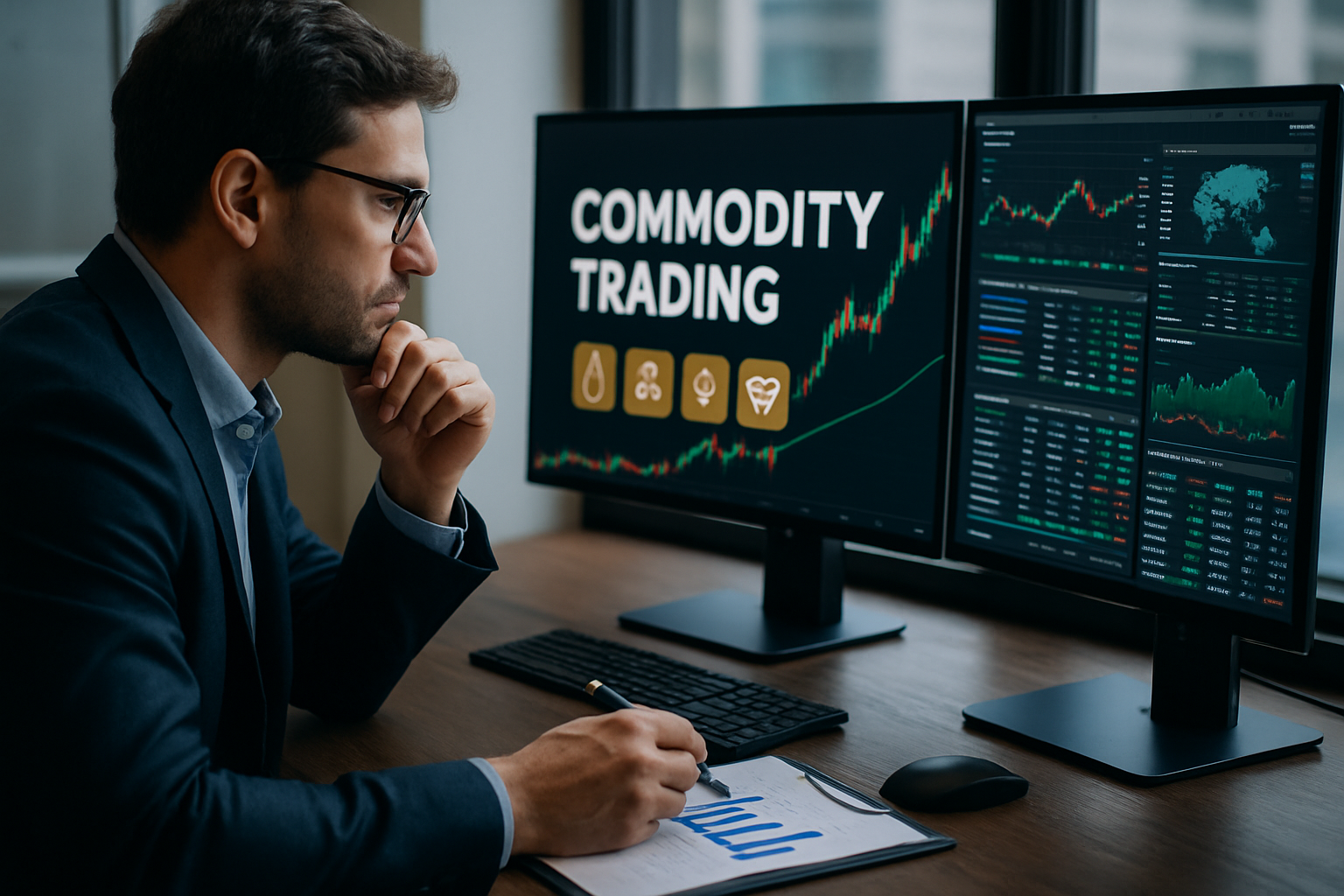A Deep Dive into the World of Commodity Trading
Financial markets are vast, diverse, and complex, providing a range of investment opportunities. While stocks and bonds are commonly known, commodity trading remains an overlooked yet potentially lucrative investment avenue. This article unravels the intricate world of commodity trading, its historical context, contemporary trends, and practical applications.

A Historical Overview of Commodity Trading
Commodity trading traces its origins back to ancient civilizations, where commodities like grain, livestock, and precious metals were the primary mediums of exchange. However, the first organized commodity exchange, the Chicago Board of Trade (CBOT), was established in 1848, heralding a new era of standardized commodity contracts.
Throughout the 20th century, commodity markets underwent significant transformations. With the advent of technology and globalization, commodity trading moved from physical exchanges to electronic platforms, broadening its global reach. Today, a wide array of commodities, including energy, metals, and agricultural products, are traded on global exchanges.
Current Trends in Commodity Trading
The commodity market is dynamic, shaped by various factors such as global economic conditions, supply-demand dynamics, geopolitical situations, and technological advancements. One prominent trend is the growing interest in environmentally friendly commodities like biofuels and renewable energy sources. Another trend is the increased use of digital platforms and AI-driven algorithms for trading, enhancing efficiency and precision.
The Impact and Practical Applications of Commodity Trading
Commodity trading offers multiple benefits, including portfolio diversification, inflation protection, and potential high returns. However, it is also subject to risks, such as price volatility and geopolitical disruptions. Therefore, it requires thorough research, risk management strategies, and an understanding of global market dynamics.
Practically, commodity trading is accessible through various avenues, such as futures contracts, options, exchange-traded funds (ETFs), and commodity-focused mutual funds. Each avenue has its unique features and risk-return profile that investors should consider.
The Science Behind Successful Commodity Trading
Successful commodity trading relies on a blend of fundamental analysis, technical analysis, and risk management. Here are some practical insights:
-
Understanding the Commodity: Each commodity has unique characteristics and price drivers. For instance, weather conditions significantly impact agricultural commodities, while geopolitical events influence oil prices.
-
Market Analysis: Both global macroeconomic trends and specific commodity-related factors should be examined.
-
Risk Management: Due to the volatile nature of commodities, implementing risk management strategies, such as stop-loss orders and diversification, is crucial.
-
Continuous Learning: The commodity market is dynamic. Staying updated with market developments and continuously refining trading strategies is essential.
In Conclusion
Commodity trading offers a unique investment avenue with potential high returns. However, it also comes with significant risks. Investors should delve into thorough research, understand market dynamics, and employ effective risk management strategies. Whether you are a seasoned investor or a novice, commodity trading could be a valuable addition to your investment portfolio if navigated wisely.





